Thursday, December 29, 1966
Mixing "When I'm Sixty Four", "Strawberry Fields Forever" and recording "Penny Lane"
For The Beatles
Last updated on February 5, 2023
Thursday, December 29, 1966
For The Beatles
Last updated on February 5, 2023
Recording "Sgt. Pepper's Lonely Hearts Club Band"
Nov 24, 1966 - Apr 20, 1967 • Songs recorded during this session appear on Sgt. Pepper's Lonely Hearts Club Band (UK Mono)
Recording studio: EMI Studios, Studio Two, Abbey Road
Recording studio: EMI Studios, Studio Three, Abbey Road
Previous session Dec 22, 1966 • Mixing "Strawberry Fields Forever"
Interview Dec 24, 1966 • George Martin interview for New Musical Express
Session Dec 29, 1966 • Mixing "When I'm Sixty Four", "Strawberry Fields Forever" and recording "Penny Lane"
Interview Dec 29, 1966 • The Beatles interview for ITN
Session Dec 30, 1966 • Recording "Penny Lane" and mixing "When I'm Sixty Four", "Penny Lane"
Some of the songs worked on during this session were first released on the "Strawberry Fields Forever / Penny Lane" 7" Single.
On November 24, 1966, The Beatles were back at EMI Studios, Abbey Road, to start recording their next single and album. After ten days (or nights) in the studio, they had only worked on two tracks, John Lennon’s track “Strawberry Fields Forever“ and Paul McCartney’s song “When I’m Sixty-Four“. On this day, they continued working on those two tracks and started recording a new track, Paul’s “Penny Lane“.
From 2:30 to 4:45 pm, in the control room of Studio Three at Abbey Road, time was spent by George Martin and Geoff Emerick mixing “When I’m Sixty-Four“. Four mono mixes numbered 4 to 7 were made. Remix 6 was marked as best for the US market, and Remix 7 was considered for the UK market. However, those mixes would not be used and the final mono mix used for both US and UK releases would be done on the following day, December 30.
Also, a tape copy of the final mono mix of “Strawberry Fields Forever“, completed on December 22, was done for the North American market.
From 4:45 to 5:40 pm, still in the control room of Studio Three, the engineering team worked on the stereo mix of “Strawberry Fields Forever“. On December 22, they spent four-and-half hours combining the first part of Take 7 and the latter part of Take 26, and mixing the result in mono. On this day, they created the stereo mix in less than an hour as they now knew what they were doing.
The first task was to create stereo mixes of the two versions. Take 7 Remix Stereo 1 and Take 26 Remix Stereo 2 were then created. Those two stereo mixes were then edited together and the result was named Remix Stereo 3. However, this result was not considered satisfying. They remixed Take 26 into a Remix Stereo 4, edited Take 7 RS1 and Take 26 RS4, and the result – Remix 5 – was deemed satisfactory and would be released on the stereo version of the “Magical Mystery Tour” EP in 1967.
From 7 pm to 2:15 am, Paul McCartney worked in Studio Two to record the first takes of “Penny Lane“.
One of Paul McCartney’s favorite albums of 1966 was the Beach Boys’ Pet Sounds, and he often played it on his portable gramophone during breaks, so it wasn’t altogether unsurprising when he announced that he wanted a “really clean American sound” on the next song of his to be recorded: “Penny Lane.” I’d spent a lot of time mastering American records, and I was convinced that the best way to give Paul what he wanted was to record each instrument totally on its own so that there would be no leakage (or “bleed,” as it was known) whatsoever. Paul’s trust in me was such that he simply said offhandedly, “Okay, well, let’s do it that way, then.”
Ultimately, the group was to spend even more time on “Penny Lane” than they had on “Strawberry Fields Forever” —three full weeks, a huge amount of studio time in those days. Unlike any other Beatles track recorded to that point, it started with just Paul playing piano, not with the four of them playing a rhythm track together; every single part except the main piano piece was an overdub. For days, the others sat at the back of the studio watching Paul layer keyboard after keyboard, working completely on his own. As always, his sense of timing was absolutely superb: the main piano part that everything was built on was rock solid despite the fact that there were no electronic metronomes to lay down click tracks in those days. In fact, Ringo wasn’t even employed to tap out a beat on the hi-hat. It was that bedrock of Paul’s original piano track that gave the whole song such a great feel.
Geoff Emerick – From “Here, There and Everywhere: My Life Recording the Music of The Beatles“, 2006
To begin with, Paul recorded six takes of the piano backing track onto track one of the four-track tape, using a Steinway Grand Piano. Takes 1 to 4 broke down before completion, while Take 5 and Take 6 were complete. Take 6 was considered best and received some overdubs.
Paul first added another piano part, still played on the Steinway Grand Piano. This piano part was fed through a Vox amplifier with a tremolo effect, while Ringo Starr simultaneously added a tambourine part. Those additions were put on track two of the tape.
Paul then added a third piano part onto track three, using EMI’s “Mrs. Mills” upright piano, while Ringo played the drums and another Beatle added more tambourine. All of this was added onto track three.
The last overdub of the day saw Paul add some harmonium notes, also fed through a Vox amplifier, onto track four.
At the end of the session, Remix mono 1 and 2 were created from take 6.
Track 6 with those overdubs was released on the 2017 Special Collector’s Anniversary Edition of “Sgt. Pepper’s Lonely Hearts Club Band”.
Take 6 – Instrumental. One of the highlights of this new Deluxe set not available before. Paul starts the count-in and the familiar piano notes, but from the second 41 the song adds a different rhythm buried on the final take (and also buried on the Anthology CD2 version that uses part of this take). This is like hearing a new Penny Lane version with instruments and elements not present on the final or the other known takes.
From The Daily Beatles
Work on “Penny Lane” would continue on December 30, 1966.
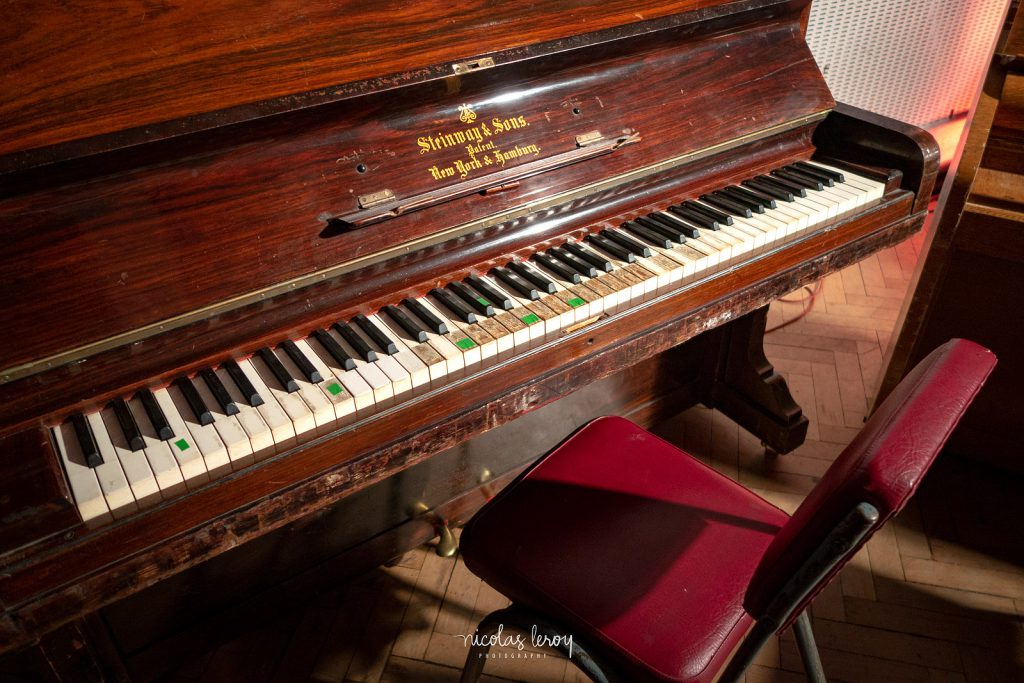
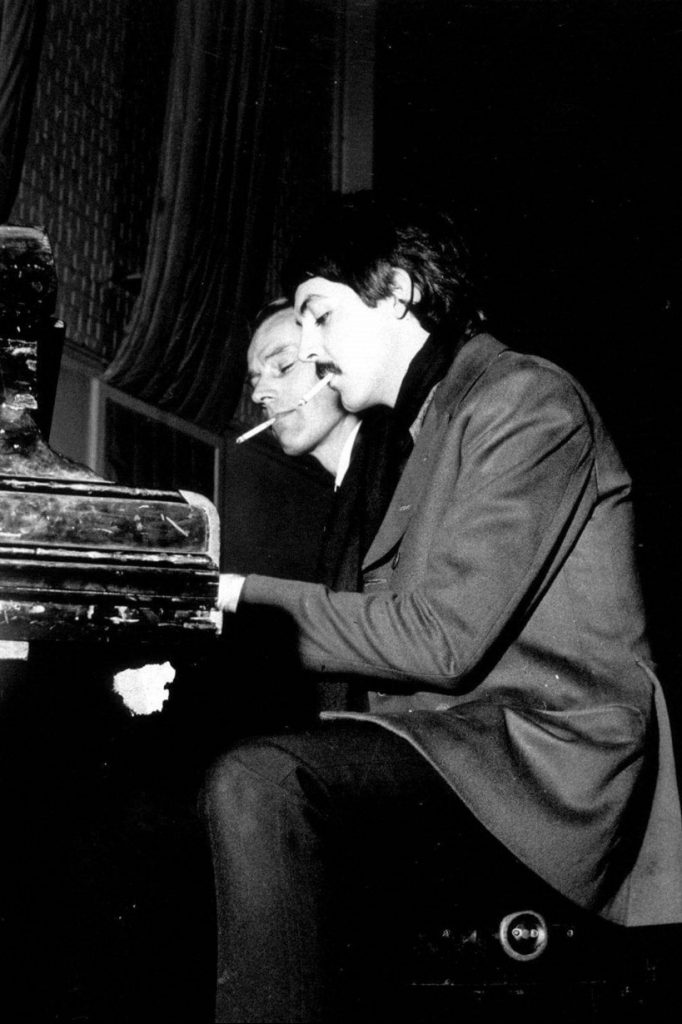
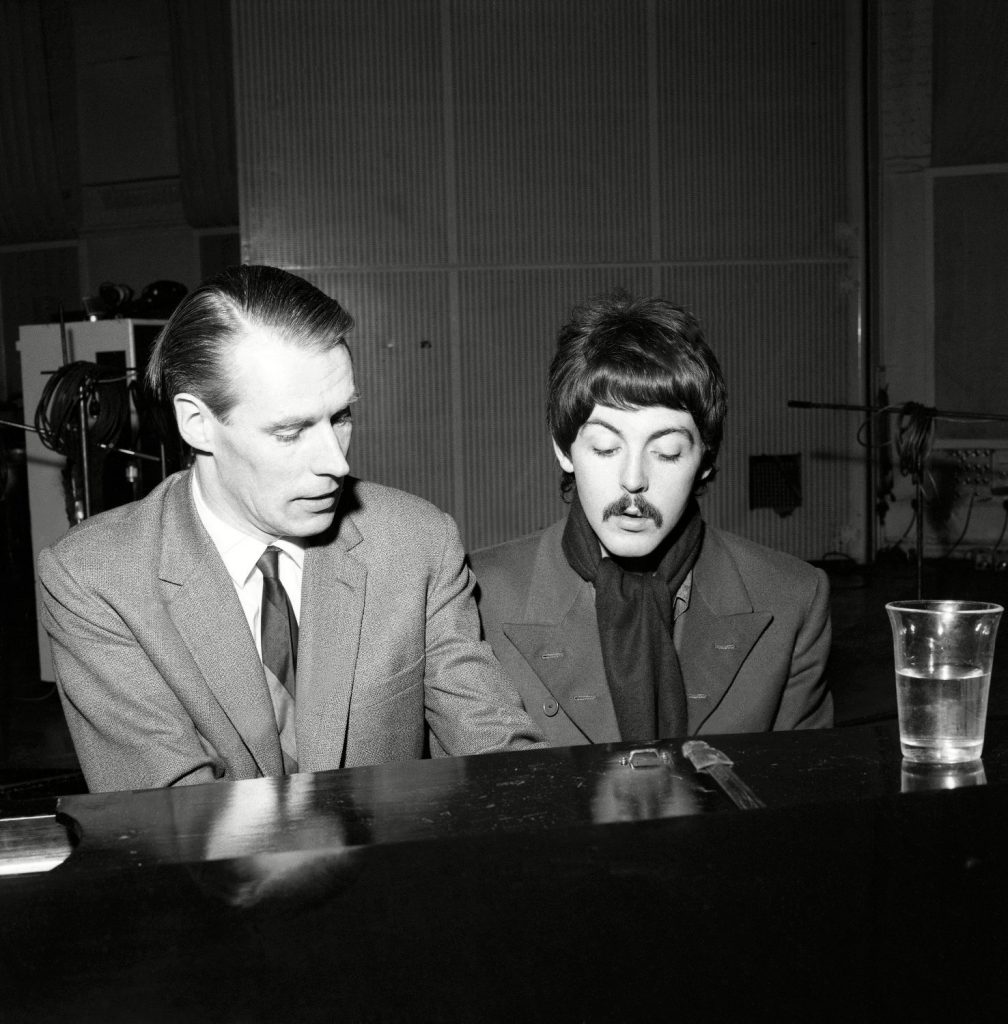
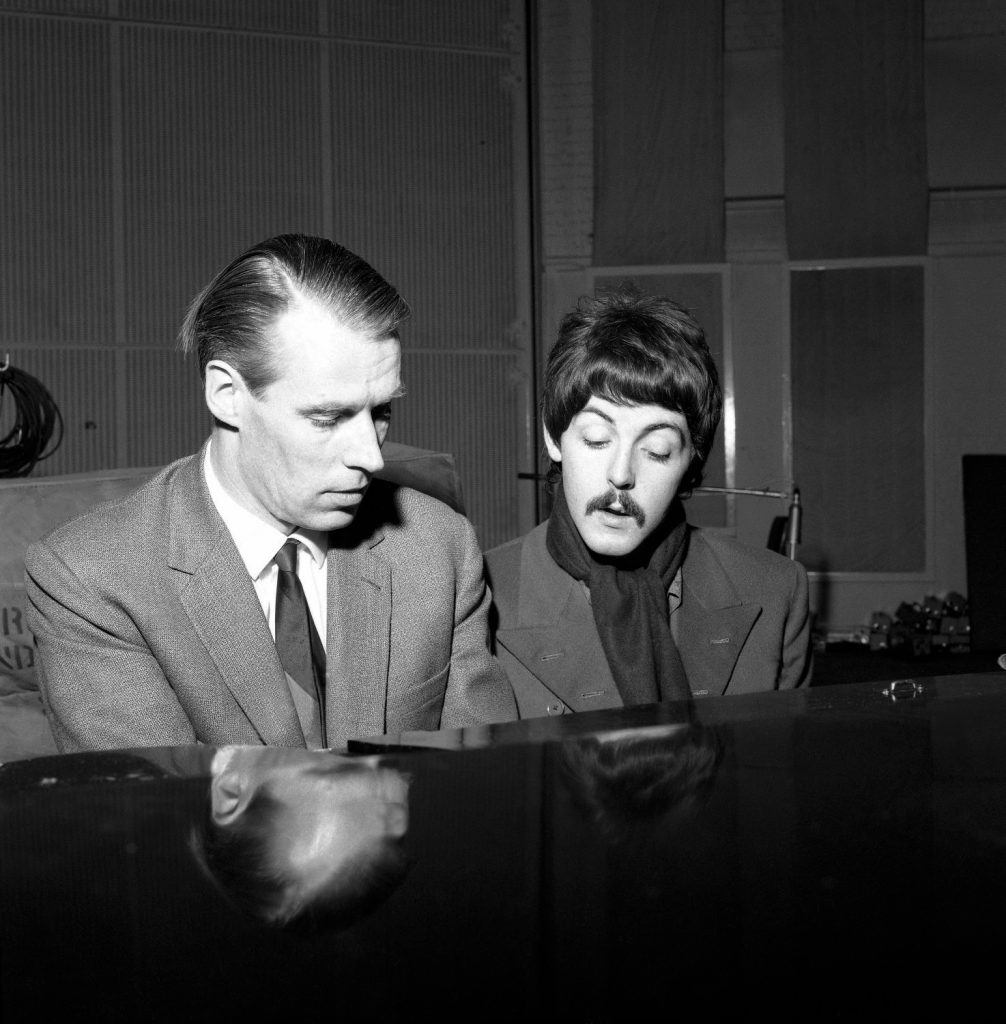
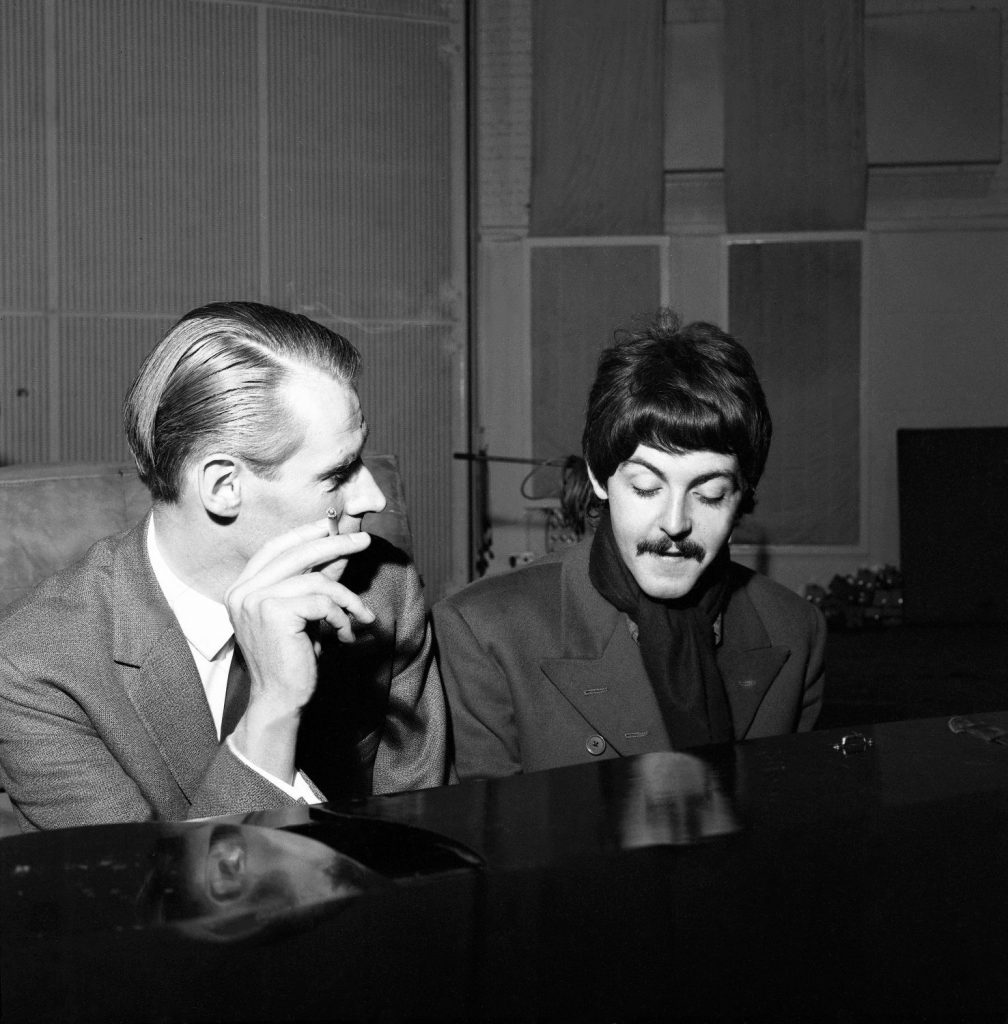
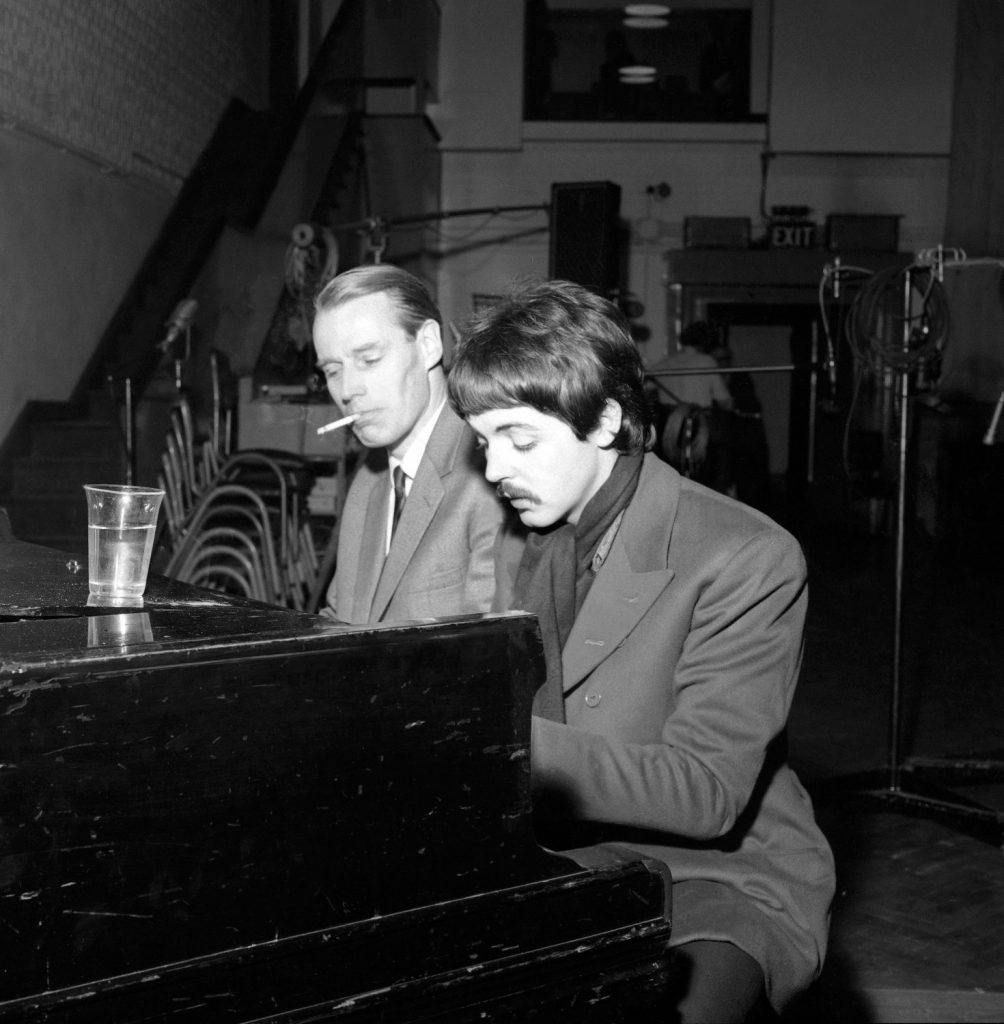
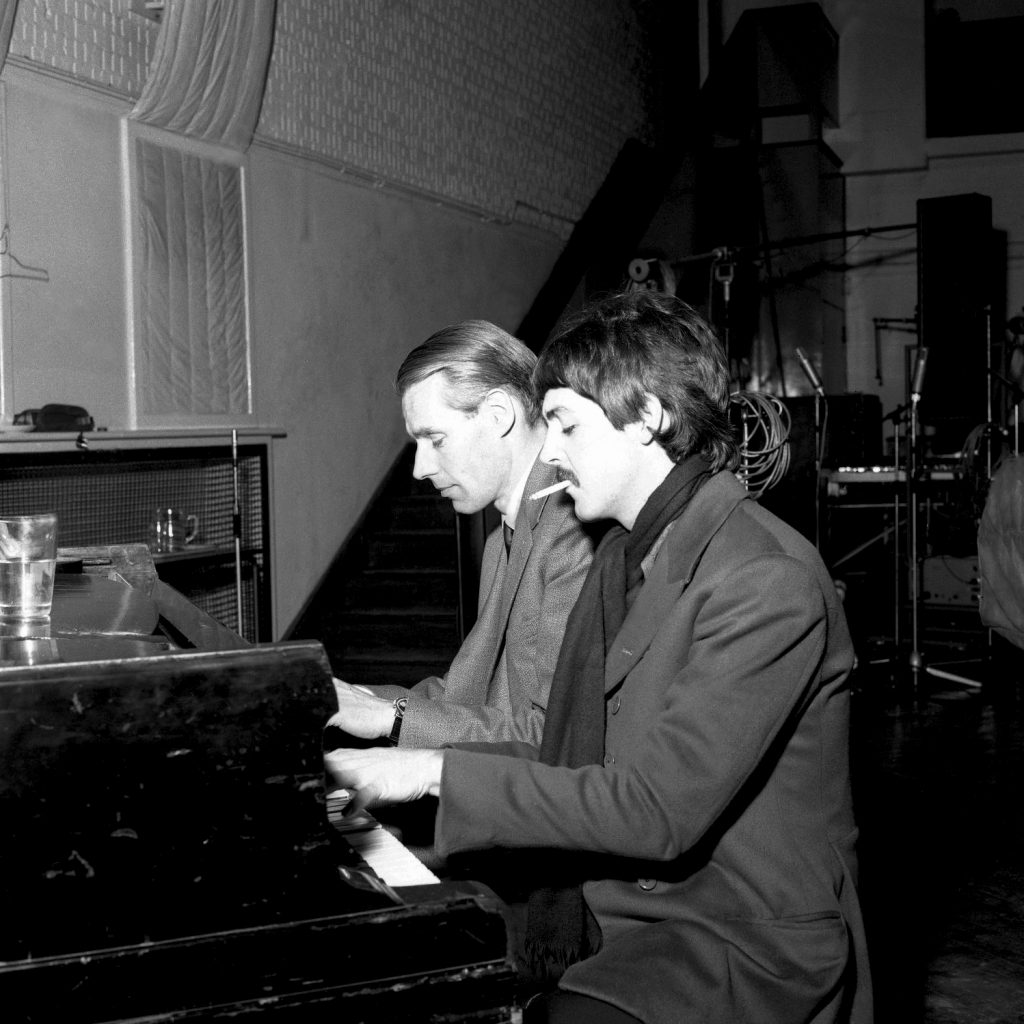
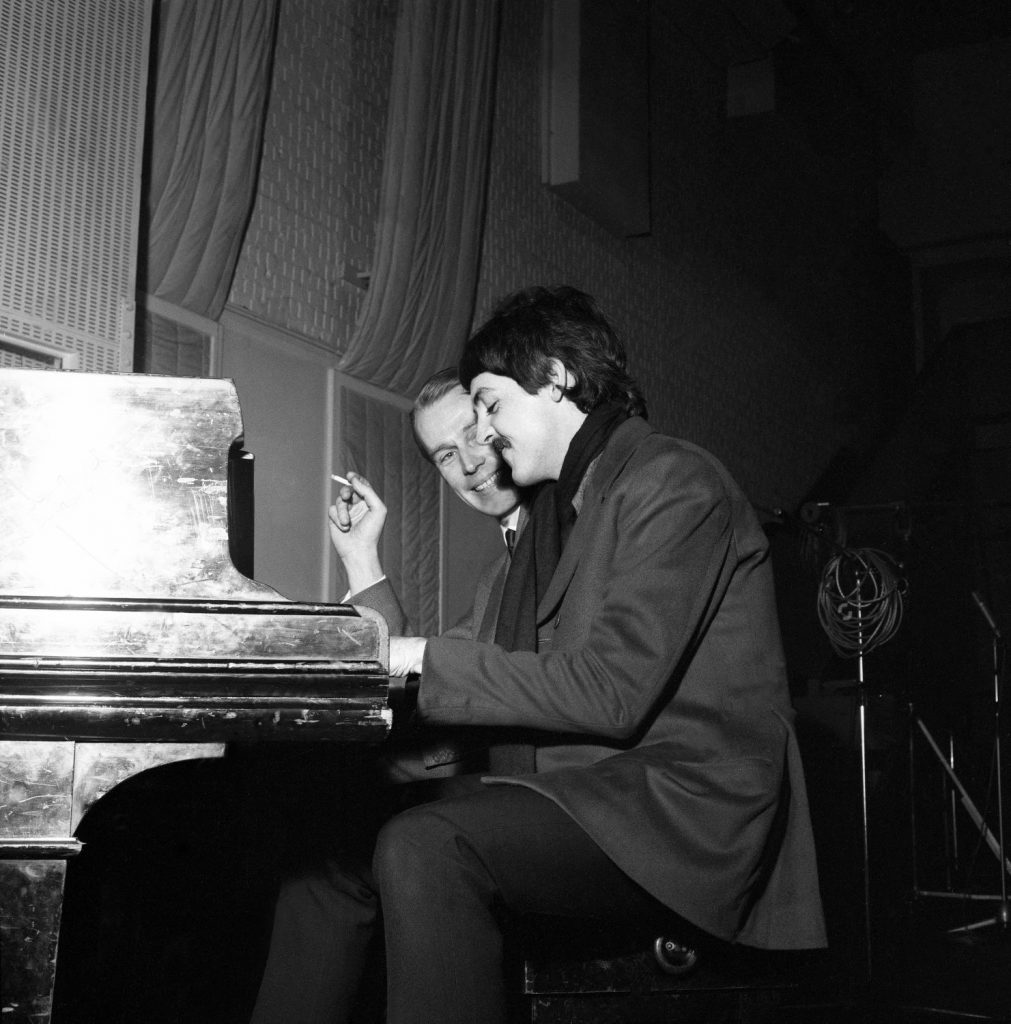
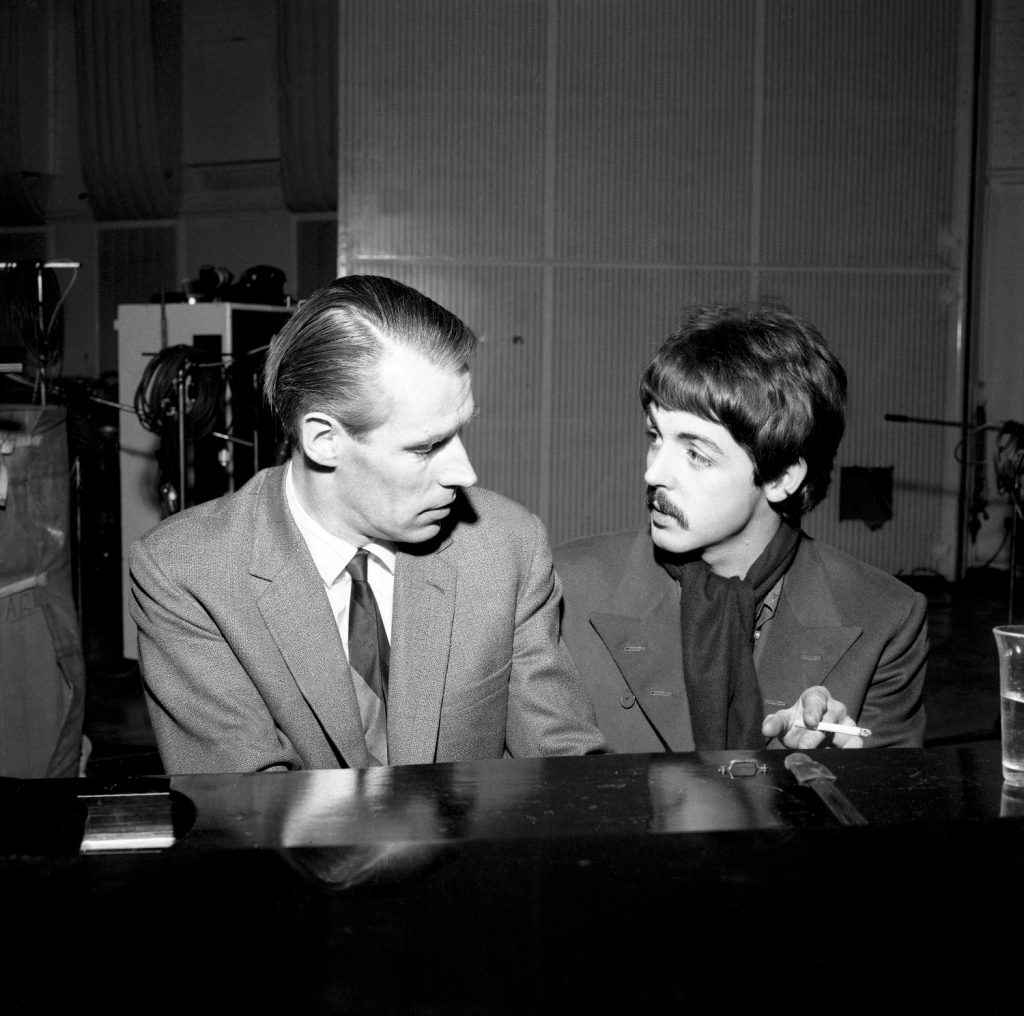
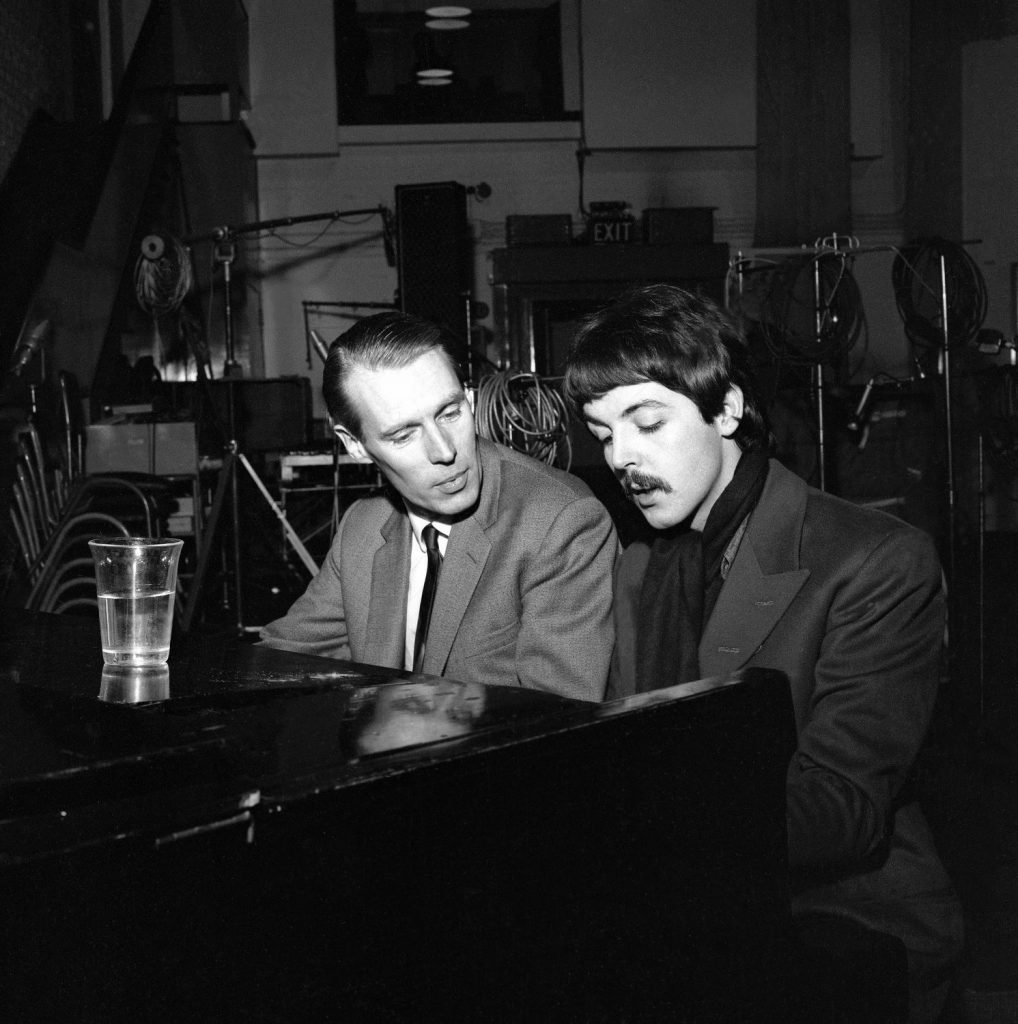
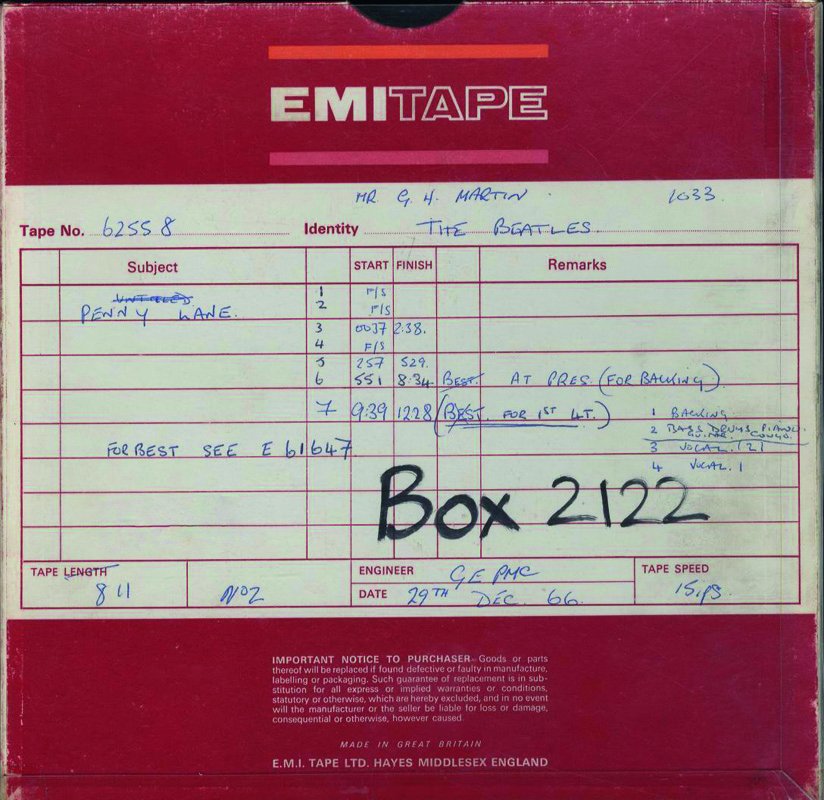
Mixing • Mono mixing - Remix 4 from take 4
Mixing • Mono mixing - Remix 5 from take 4
Mixing • Mono mixing - Remix 6 from take 4
Mixing • Mono mixing - Remix 7 from take 4
Tape copying • Tape copying of remix mono 12, numbered remix mono 13
Mixing • Stereo mixing - Remix 1 from take 7
Mixing • Stereo mixing - Remix 2 from take 26
Mixing • Stereo mixing - Remix 4 from take 26
Recording • Stereo remixes 1 and 2 edited together as remix 3
Recording • Stereo remixes 1 and 4 edited together as remix 5
Recording • Take 1
Recording • Take 2
Recording • Take 3
Recording • Take 4
Recording • Take 5
Recording • Take 6
Recording • SI onto Take 6
AlbumOfficially released on Sgt. Pepper's Lonely Hearts Club Band (50th anniversary boxset)
Mixing • Mono mixing - Remix 1 from take 6
Mixing • Mono mixing - Remix 2 from take 6
The Complete Beatles Recording Sessions • Mark Lewisohn
The definitive guide for every Beatles recording sessions from 1962 to 1970.
We owe a lot to Mark Lewisohn for the creation of those session pages, but you really have to buy this book to get all the details - the number of takes for each song, who contributed what, a description of the context and how each session went, various photographies... And an introductory interview with Paul McCartney!
The Beatles Recording Reference Manual - Volume 2 - Help! through Revolver (1965-1966)
The second book of the Association for Recorded Sound Collections (ARSC)-nominated series, "The Beatles Recording Reference Manual: Volume 2: Help! through Revolver (1965-1966)" follows the evolution of the band from the end of Beatlemania with "Help!" through the introspection of "Rubber Soul" up to the sonic revolution of "Revolver". From the first take to the final remix, discover the making of the greatest recordings of all time.
Through extensive, fully-documented research, these books fill an important gap left by all other Beatles books published to date and provide a unique view into the recordings of the world's most successful pop music act.
If we modestly consider the Paul McCartney Project to be the premier online resource for all things Paul McCartney, it is undeniable that The Beatles Bible stands as the definitive online site dedicated to the Beatles. While there is some overlap in content between the two sites, they differ significantly in their approach.

Notice any inaccuracies on this page? Have additional insights or ideas for new content? Or just want to share your thoughts? We value your feedback! Please use the form below to get in touch with us.